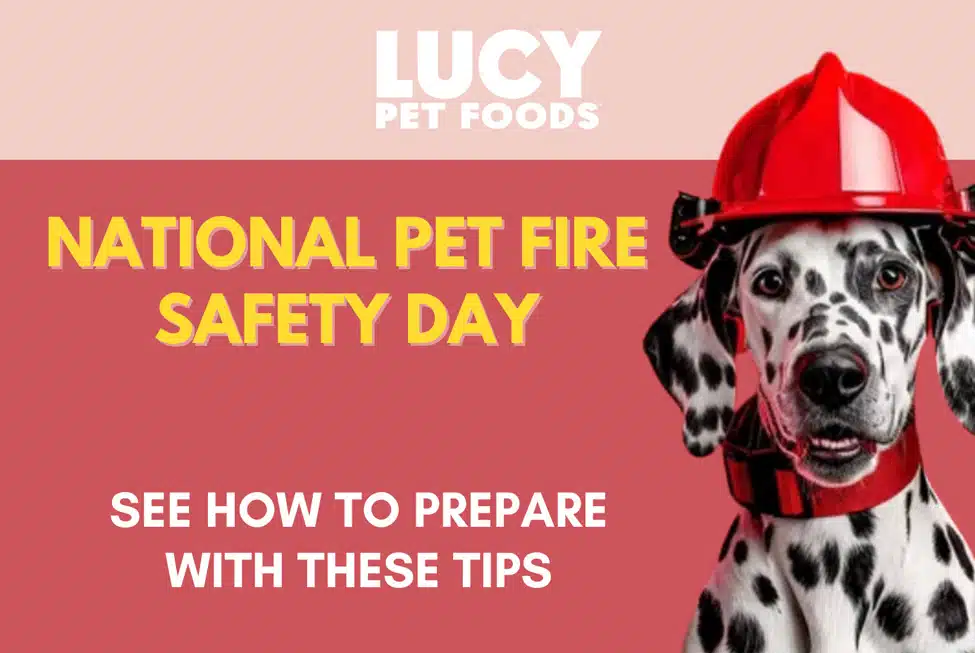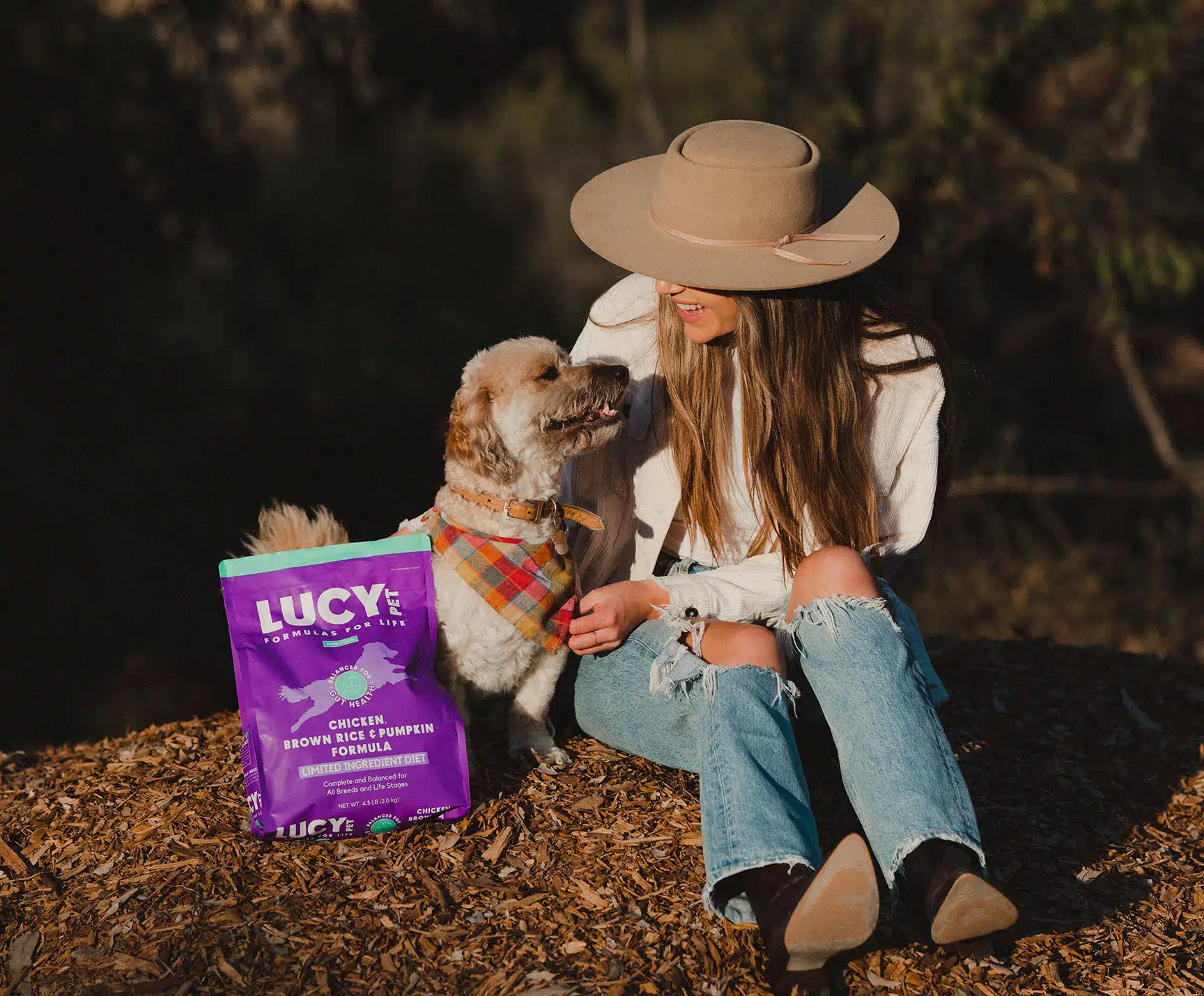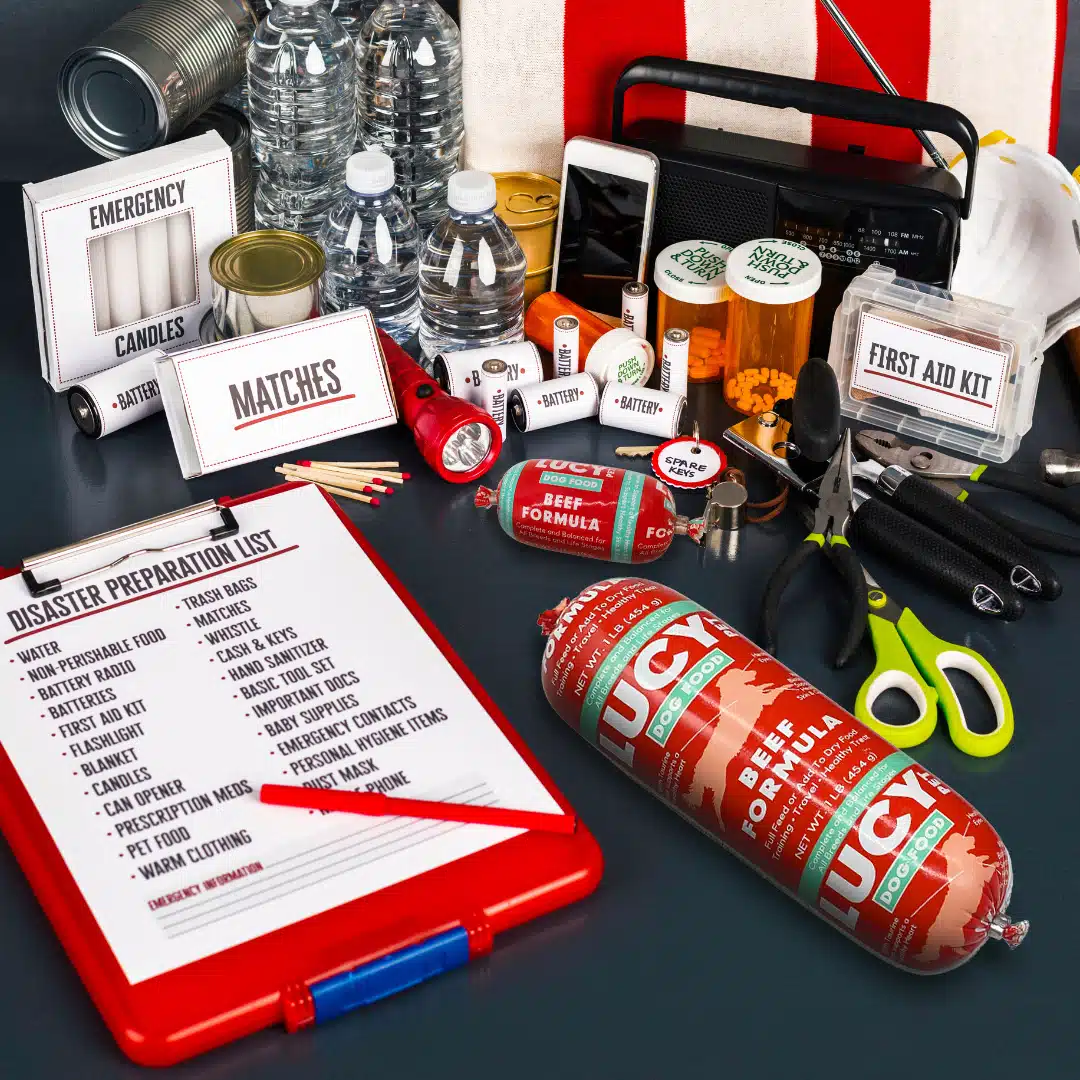
It’s a great idea to have a pet emergency kit at your home and a smaller one in your car. You can buy kits already assembled or you can put them together yourself. Use a small plastic container with a tight-fitting lid or use a tackle box for each kit. It should contain the following items:
- Phone number and directions to your veterinary hospital
- Phone number and directions to the closest emergency veterinary hospital
- Phone number of poison control center
- Rectal thermometer
- K-Y jelly without spermicide
- Tweezers to remove ticks, burrs, and splinters
- Blunt tip scissors
- Disposable latex gloves
- Syringes of various sizes
- Penlight
- Nylon slip leash
- Rubbing alcohol
- 3% Hydrogen peroxide for cleaning wounds
- Diphenhydramine or Benadryl for allergic reactions
- Antibiotic ointment for wounds
- Wound disinfectants such as Betadine or Nolvasan
- Cortisone spray or cream
- Sterile saline for flushing eyes or other areas
- Ear cleaning solution
- Roll of 2-inch-wide gauze bandage
- Roll of 1-inch-wide bandage tape
- Roll of 2-inch-wide Vetrap
- Gauze pads in different sizes
- Nonstick pads
- Roll of cotton
- Cotton balls
- Cotton swabs
- Soap or mild shampoo for cleaning
- Muzzles that you can buy at pet stores
- Styptic powder/sticks, kwik-stop, or cornstarch to control nail bleeding
- Nail clippers and metal nail file
- Magnifying glass
- Two heavy towels/blankets to use as a Stretcher and to Keep the pet warm
- Several clean towels
- Paper towels
- Pedialyte for dehydration
- Nutri-cal nutritional supplement
- Karo syrup for low blood sugar
- Flea comb
By Doc Halligan






Leave A Comment
You must be logged in to post a comment.